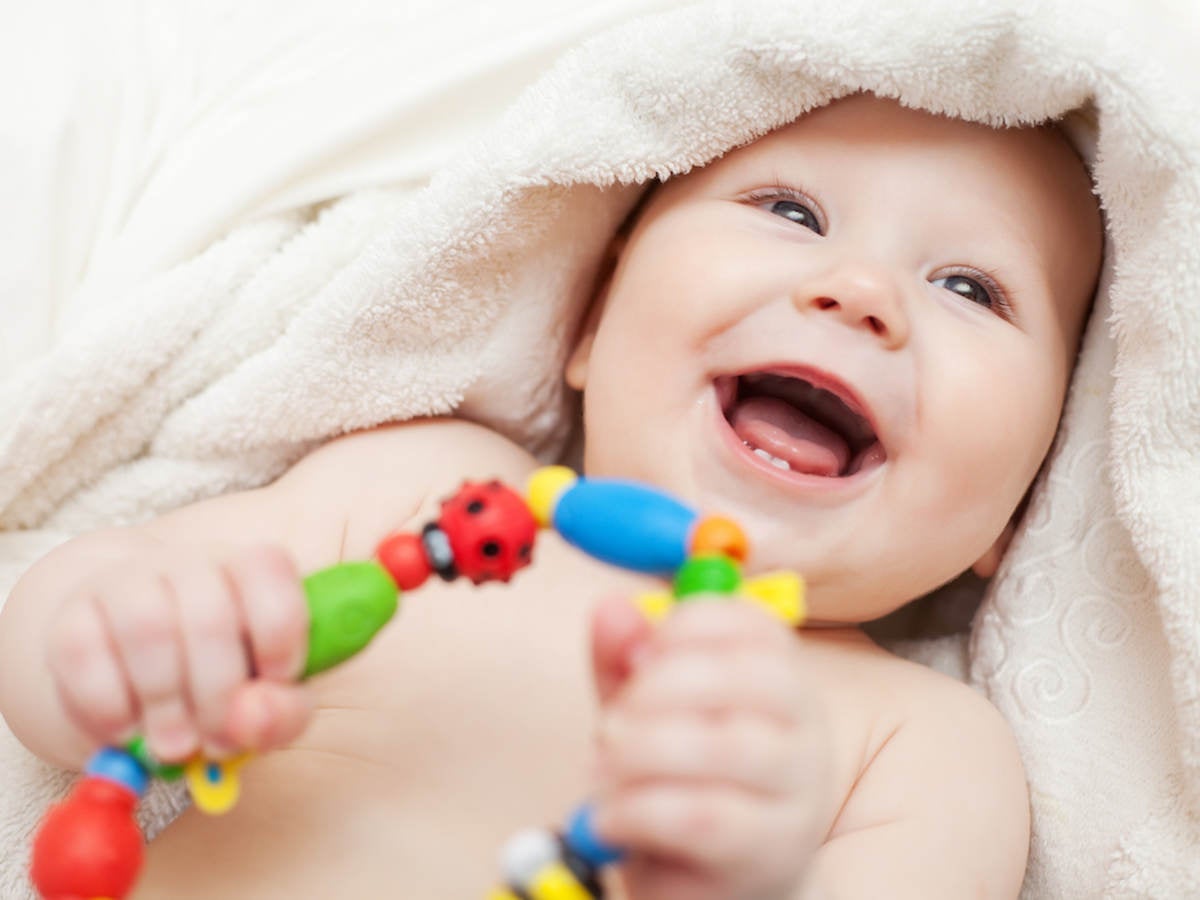March 13, 2019
Children learn important social and cultural roles through interaction with adults, peers, and the use of toys and props. Toys are important tools that support physical and cognitive growth. In order to offer stimulating and appealing toys, manufacturers must take into consideration the development, interests, and social influences at various ages and stages of child growth for safe product use.
UL child development experts can help determine the most appropriate age grading of toys on the basis of developmental factors such as cognitive and motor abilities, as well as play behavior and interests. An accurate age grading evaluation will increase toy preference and safety for the child and can help increase the brand loyalty of parents and children alike.
We interviewed, Melissa Beran and Stefania Maiorino for their insights on toy age grading and ISO 8124–8 guidelines.
Q: If my toy is not in the examples of the guideline, can I decide what I want about the age grading?
A: In the guidelines, there are many examples, but of course not all the possible toys. When we don’t have a clear reference in the ISO/TR 8124–8 we have to refer to other available documents. In Eu, it’s important to refer also to the EU Commission Guidelines, which are in the website of the Commission, about specific toy categories (such as scooters, pools, musical instruments, books, aquatic toys, etc.). In the USA, there are CPSC, 2002 Age Determination Guidelines: Relating Children’s Age to Toy Characteristics and Play Behaviour, Consumer Product Safety Commission, 2002, available at: http://www.cpsc.gov which are an important reference also worldwide.
Q: In the presentation, I saw toy books are mentioned only for children the first age. Does that mean that there are no toy books for children over 3 years?
A: In the presentation, we did not show all the categories mentioned in the ISO/TR 8124–8 and besides it’s important to remember the concept of “starting age”. If the specific book has features and play functions which are intended and suitable for older children, it’s possible to classify it and verify its safety according to the requirements for toys over 3 years. The EU Commission guideline n. 9 helps with examples to correctly classify toy books. For example, the presence of many stickers, well detailed small drawings to be colored are elements that can be used to state an age grading over 3 years.
Q: I didn’t see inflatable or aquatic toys in the presentation. How can we decide the age grading?
A: Inflatable toys have a different age grading depending on their use. If we are talking about simple inflatable toys to be used on the beach, such as balls, or roly-poly toys, they are usually suitable for children of all ages. If we talk about inflatable aquatic toys, such as ride on toys in the shape of animals, characters or boats, they are usually toys intended for children over 3 years.
To learn more about entering toys age grading and ISO 8124–8 guidelines, contact us for receiving more information about how UL can support your business.
Melissa Beran has been a senior human factors specialist with UL in Westmont, Illinois, USA for the past 8 years, where she is active in consumer product safety. Previously, she served as a Research Scientist with Intertek for 11 years. She holds a Bachelor’s Degree in Psychology and a Master’s Degree in Community Counseling. Melissa is a member of the Human Factors and Ergonomics Society, including the Program Chair-Elect of the Children’s Issues Technical Group, and has presented in the US and internationally on such topics as the foreseeable use of consumer products, age grading, and the various behavioral strategies used by children as they explore.
Stefania Maiorino is a Developmental Psychologist with 8 years of experience on the appropriate age classification of toys and she is a Human Factors Specialist in UL’s Consumer & Retail Services division based in Italy. She holds a Master’s in the Social and Developmental Psychology and postgraduate studies in Analytical Psychology.
Get connected with our sales team
Thanks for your interest in our products and services. Let's collect some information so we can connect you with the right person.

